Photo

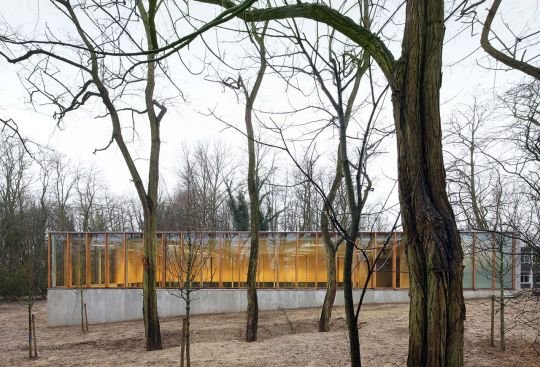

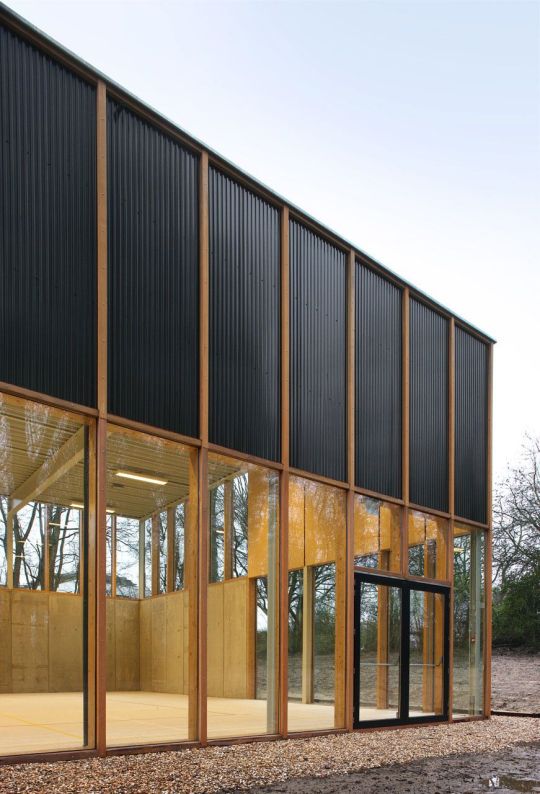
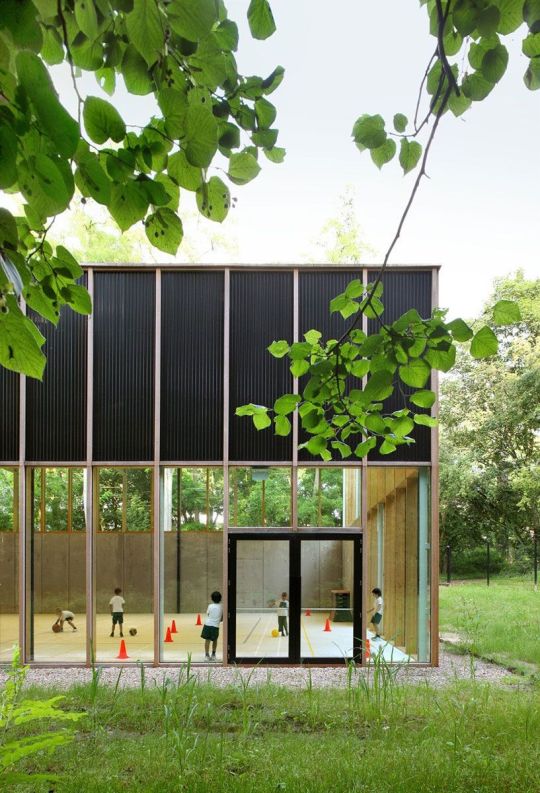
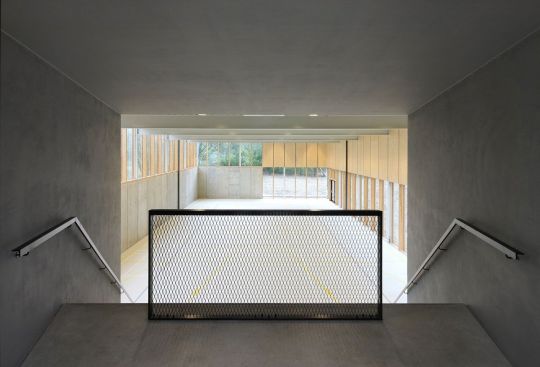
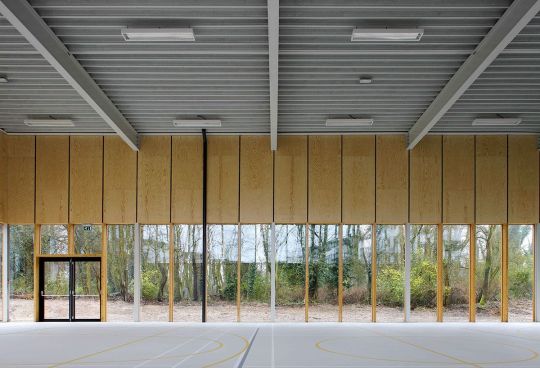
KAU Gymnasium, Brussels - URA Architects
https://ura.be/
327 notes
·
View notes
Photo


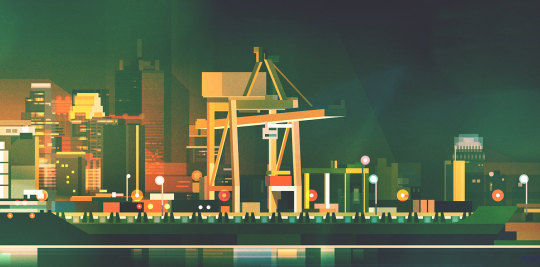

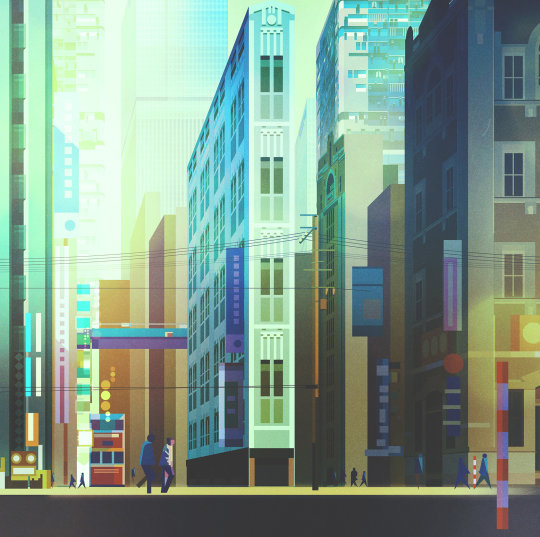
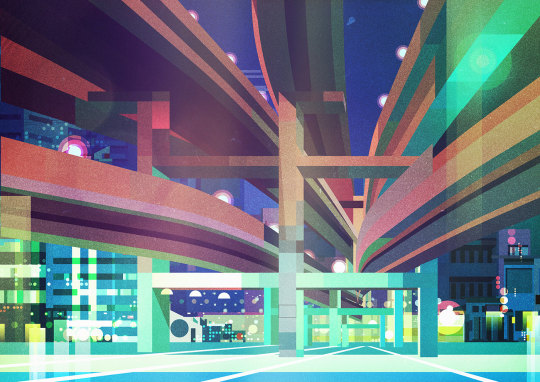



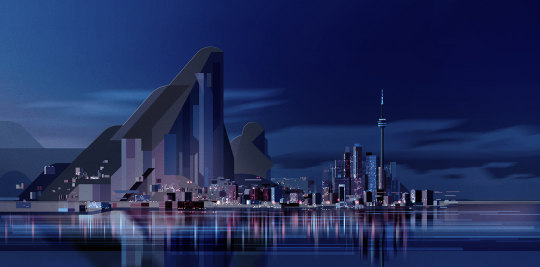
BNA | James Gilleard
384 notes
·
View notes
Photo
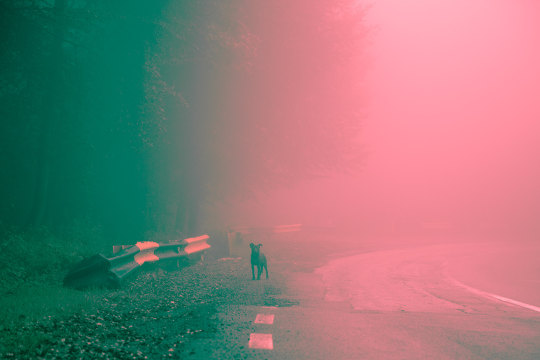


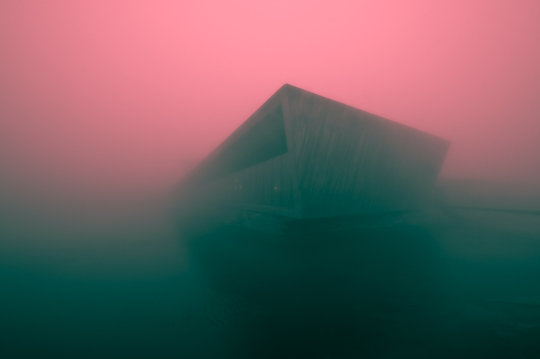
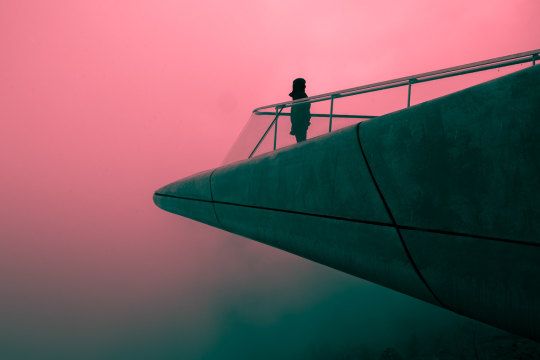

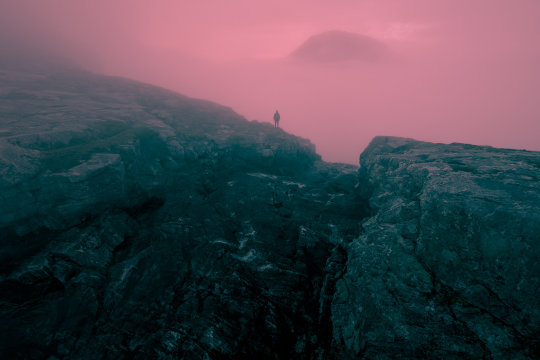


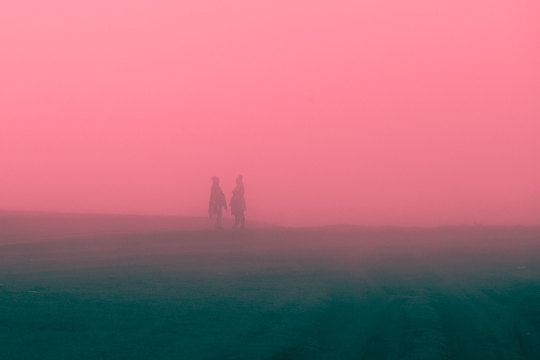
Aftermath | Øystein Sture Aspelund
1K notes
·
View notes
Photo
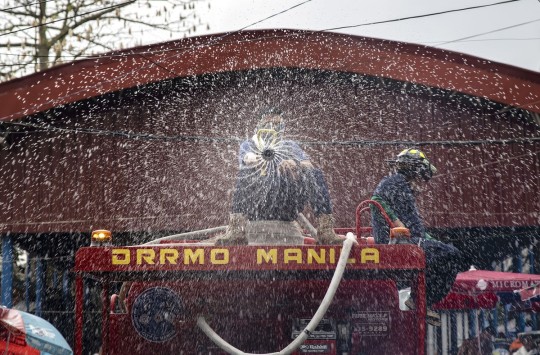




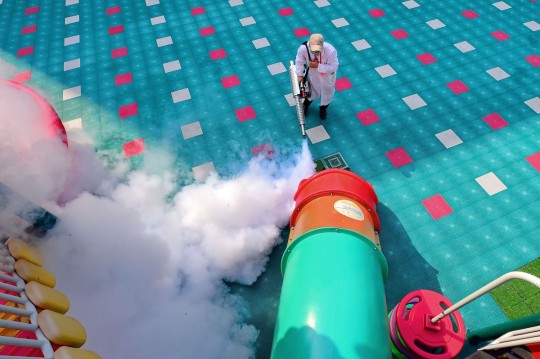

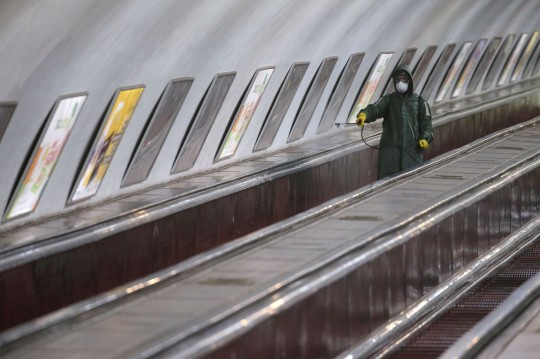


Large-Scale Disinfection Efforts Against Coronavirus | Via
As health workers and governments around the world work to slow the spread of COVID-19, the disease caused by the novel coronavirus, large-scale disinfection efforts are becoming commonplace. Using methods ranging from simple hand-wiping to mobile spray cannons, workers and volunteers are attempting to halt the transfer of the virus by touch. While there are questions about the efficacy of some of the broader spraying tactics, disinfecting frequently-touched surfaces can help stop the spread of the virus. Collected here, images of recent efforts in Iran, China, Italy, South Korea, and more.
375 notes
·
View notes
Photo

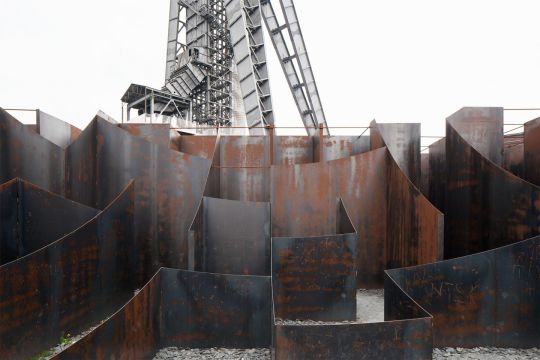
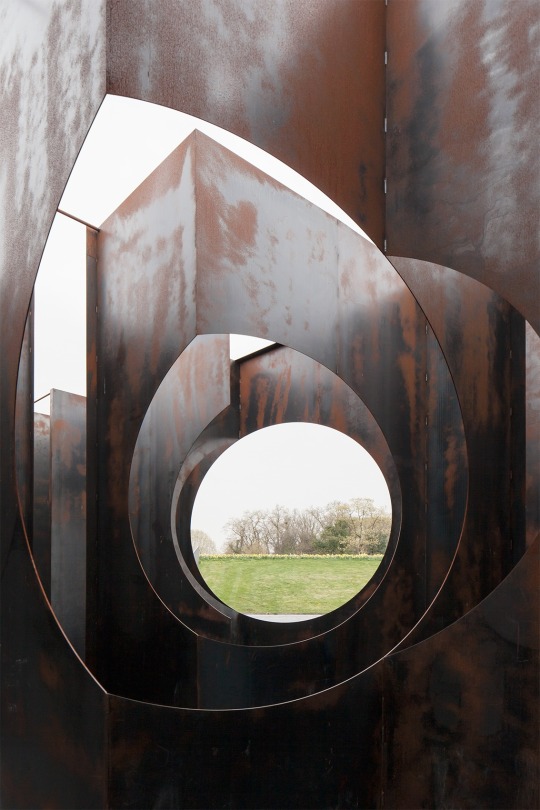
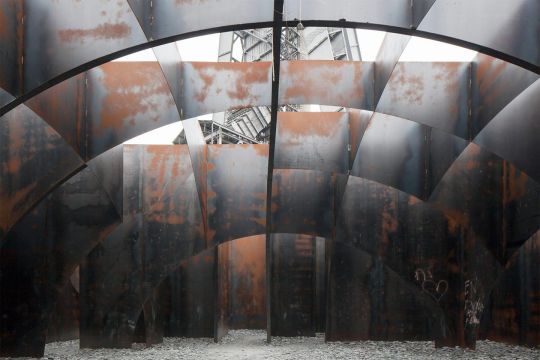
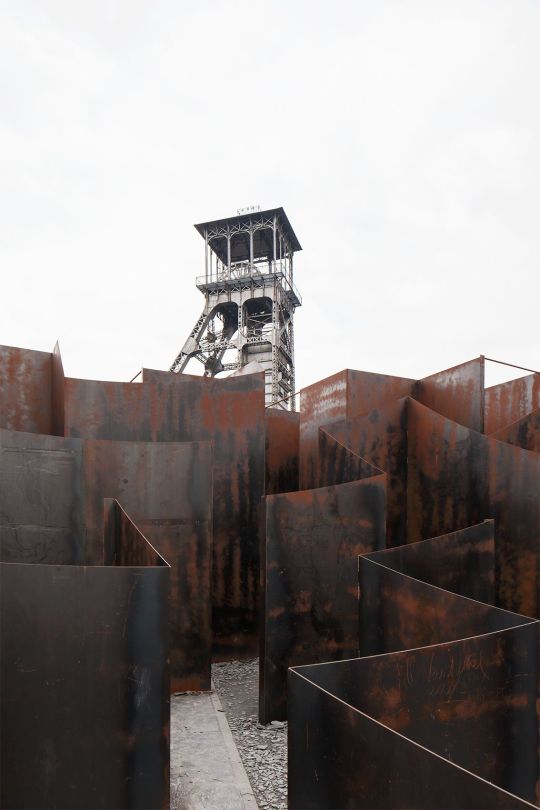

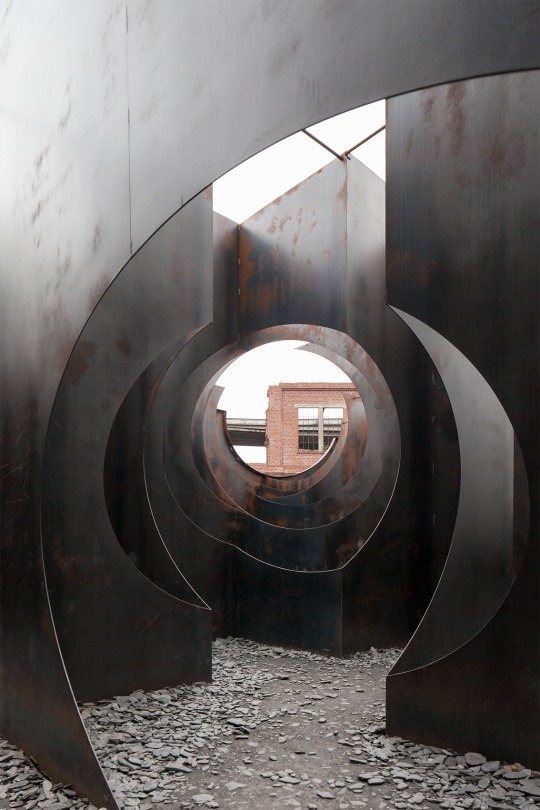
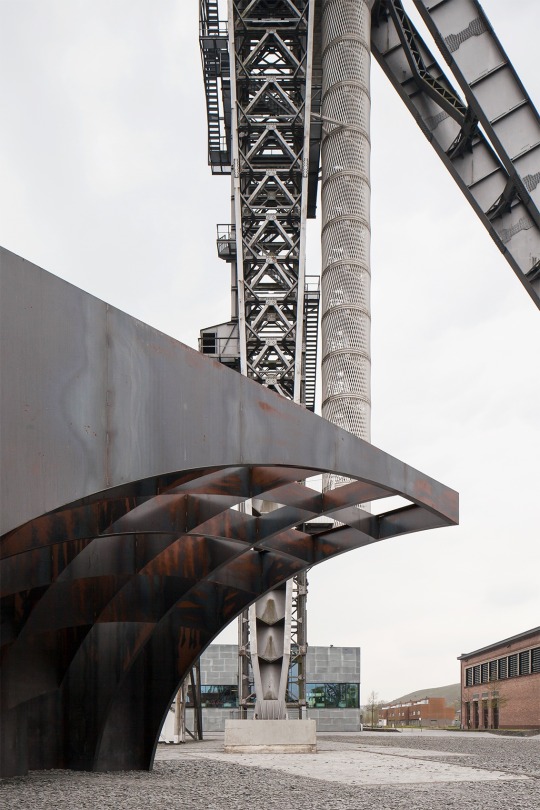
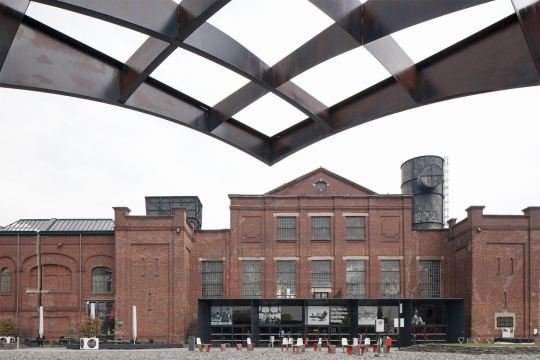
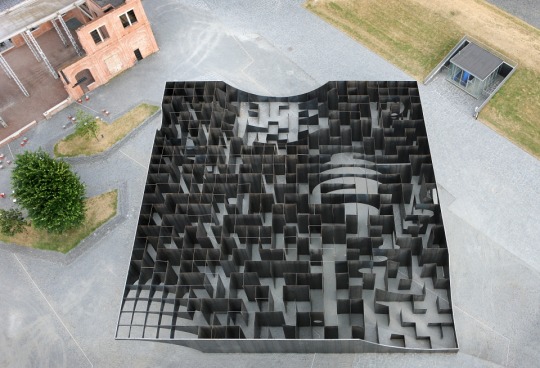
Labyrinth | Gijs Van Vaerenbergh | Via
A kilometer of steel corridors were constructed to form a mechanical-looking maze at a former coal mine in the industrial city of Genk in Belgium. Titled ‘The Labyrinth’, the installation was created to be a spatial experience by Gijs Van Vaerenbergh, a collaboration between Belgian architects Pieterjan Gijs and Arnout Van Vaerenbergh.
The structure is made from 186 tons of steel, with half-a-centimeter-thick rusted plates utilized as its walls. The idea was conceived of based on the architects’ interest in fundamental architectural structures in public spaces; previous site-specific works by the duo have their foundations in typologies for gates, bridges, walls, and domes. For ‘The Labyrinth’, the pair were confronted with an artificial, large-scale site—one that “wasn’t very welcoming to make an installation,” they admit. “We therefore chose to build an installation that was directed inwards, and dealt more strongly with space and one’s relation to it.” Constructing a labyrinth seemed to provide the most reasonable archetype for this experience. “In a way, this is an essential form of architecture, which is only composed of walls,” they say. Various openings and perspectives throughout the maze permit an ever-changing relationship with the surrounding urban environment.
444 notes
·
View notes
Photo
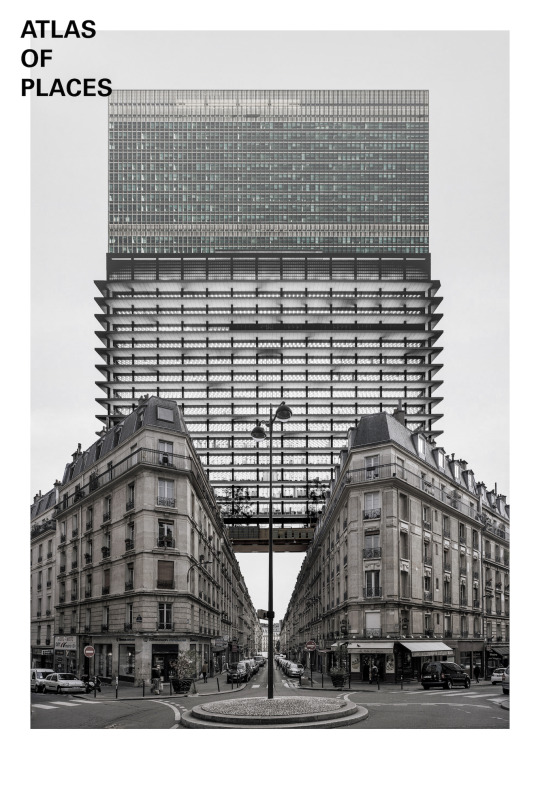
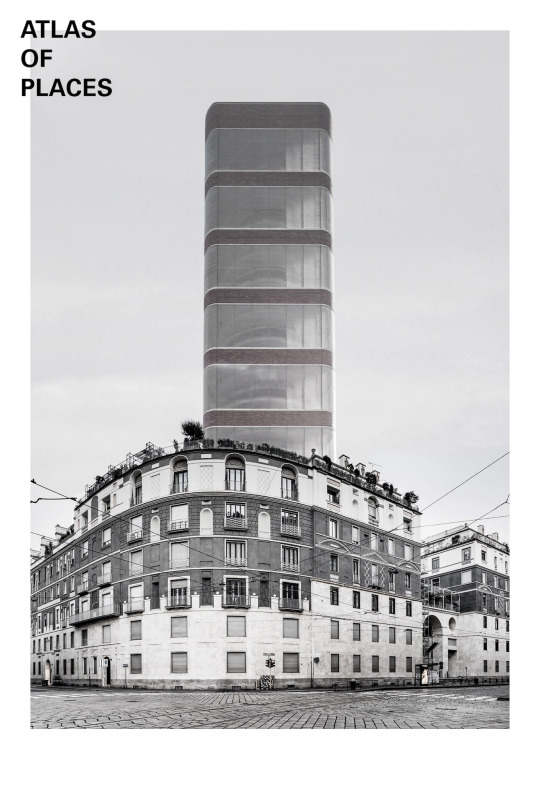


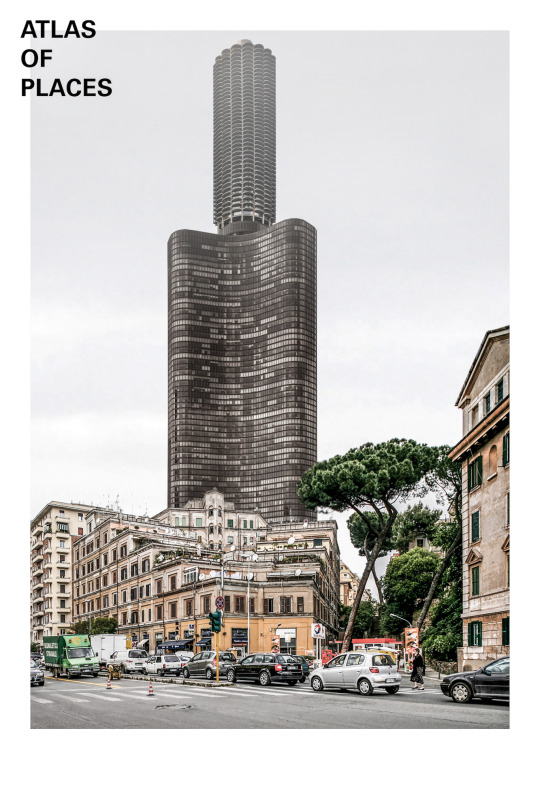
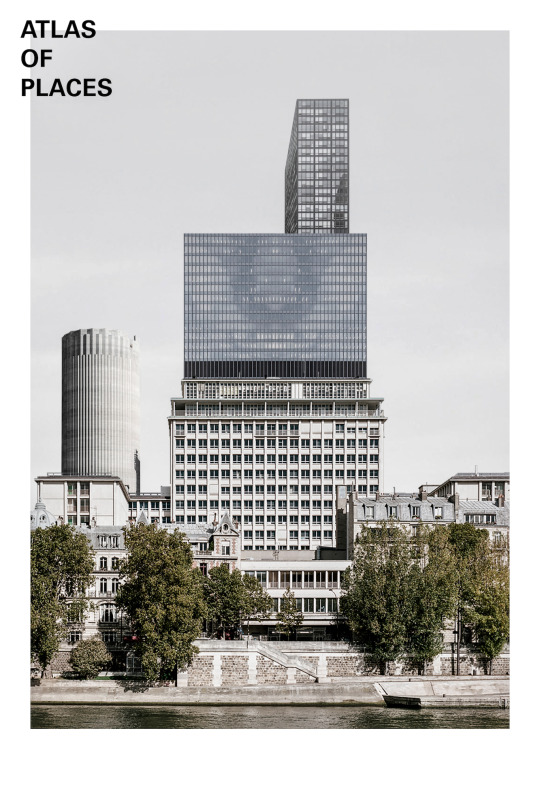



F*ck Context ? Doubt Context ! | Thomas Paturet
This first series, of an ongoing research, aims at mixing old and new, disturbing our too familiar reality in order to accentuate faults and opportunities. The dissensus that emerges can be tragic, comic at times, but it can also be a strong statement : the architecture that demonstrates as insufficient what is presented to us as the only possible reality begins to invent the future. It cannot change the world, but it can help us awake to the necessity to doubt it and maybe, change it.
400 notes
·
View notes
Note
Hi do you have any other forms of social media I could follow, an instagram perhaps?
Hi @kikkomans
No Instagram, I have a twitter @ryanpanos but mainly my posts on here are ported over.
This is where I collect ideas.
RP
1 note
·
View note
Photo


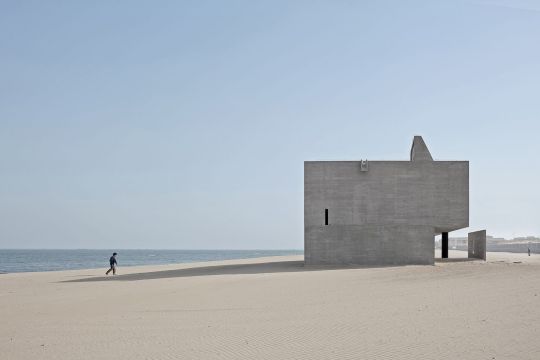
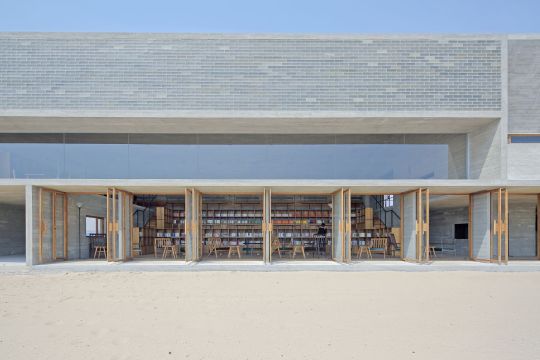
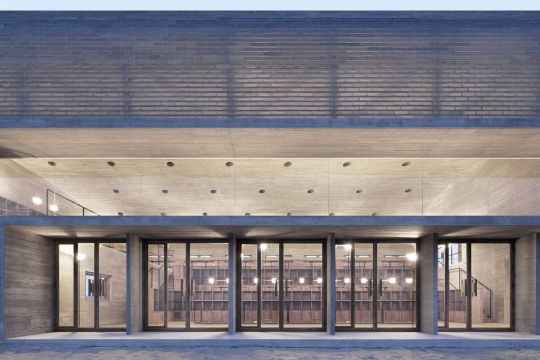
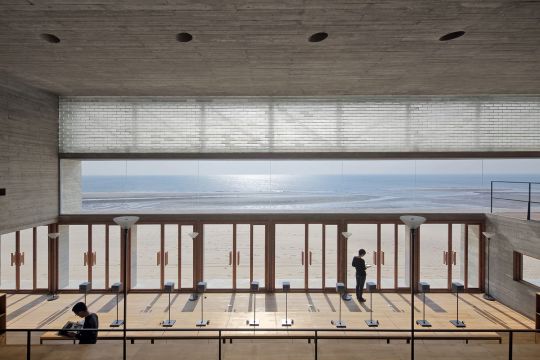
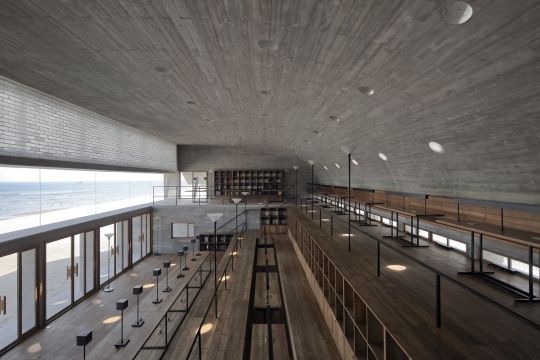
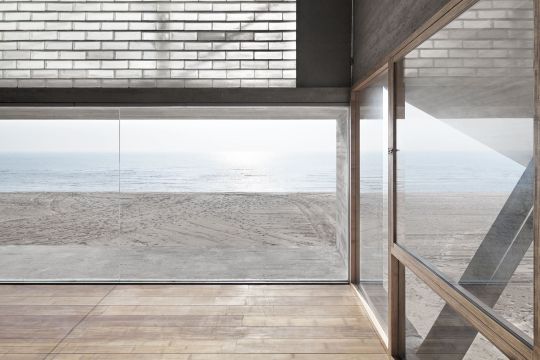

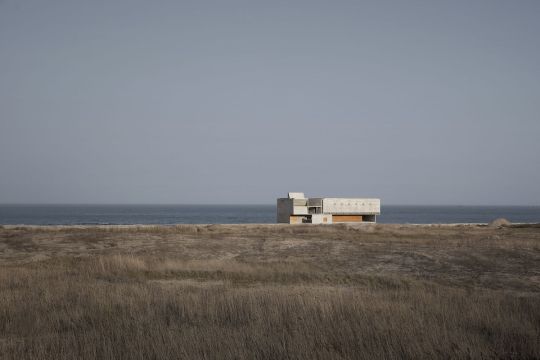
Seashore Library | Vector Architects | Via
At that moment, we envision the future library should also be quietly sitting on the seashore. From outside, it looks like a weathered rock that is pure and solid; but inside, what it contains is the rich feelings and experiences. When walking into the space, one starts to feel the light, breezes, and sound of the ocean. What comes after the perception is the unique spiritual linkage between each individual and the sea. In here, everyone can slow down the usual pace, and unfold the feeling of distant and loneliness different from the city life.
The design began with section. The library houses a reading area, a meditation space, activity room, a drinking bar and a resting area. According to each space, we establish distinctive relationship between space and the ocean; define how light and wind enters into each room.
179 notes
·
View notes
Photo
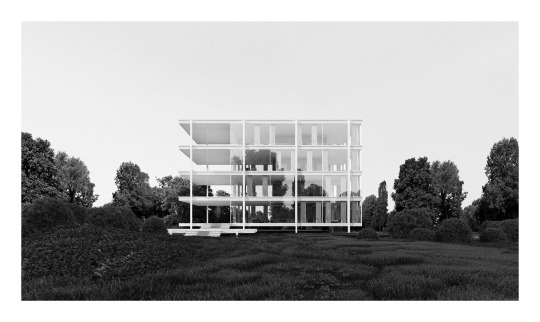
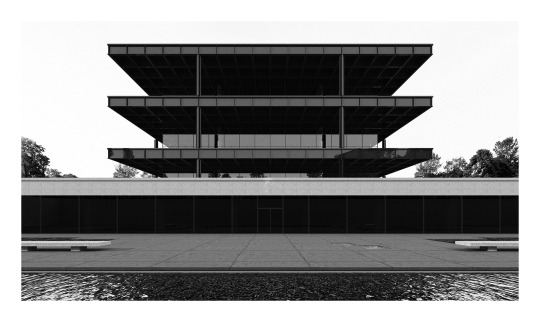


MIES.INTERPRET | Thomas Paturet
147 notes
·
View notes
Photo
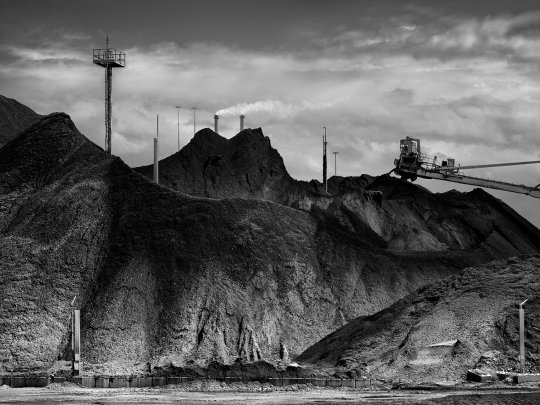
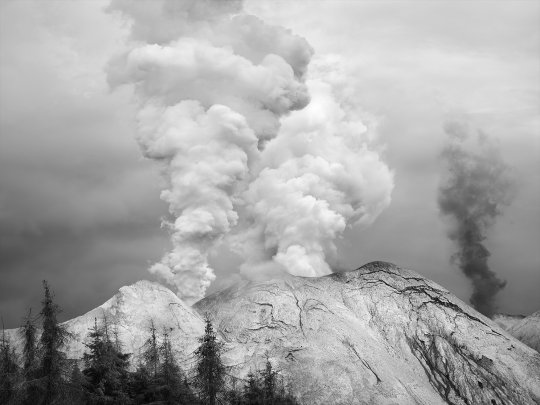

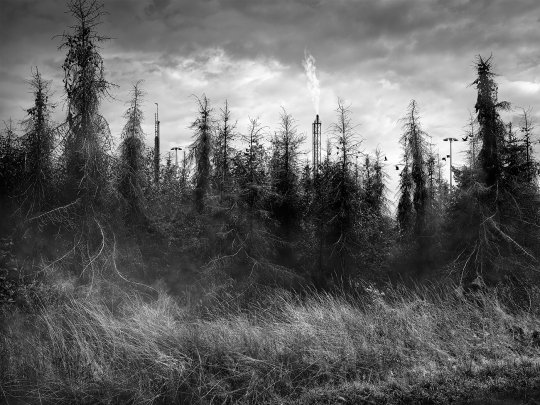
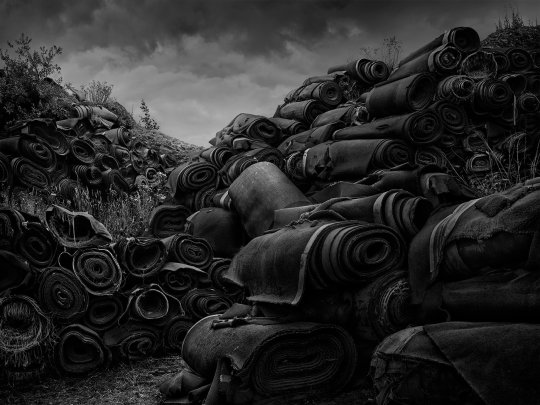
Industrial Landscapes 01 | Jan Stel
73 notes
·
View notes
Photo

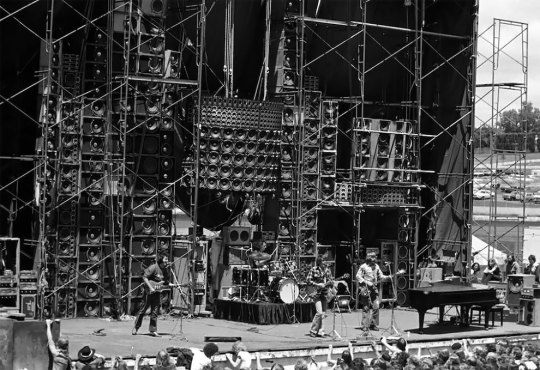
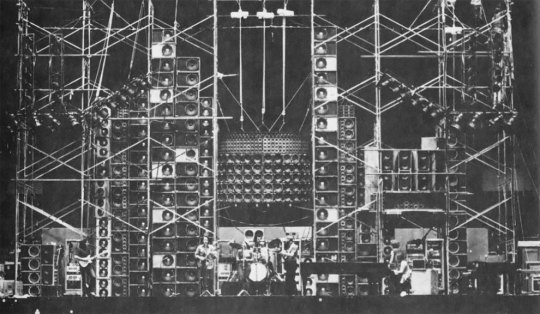
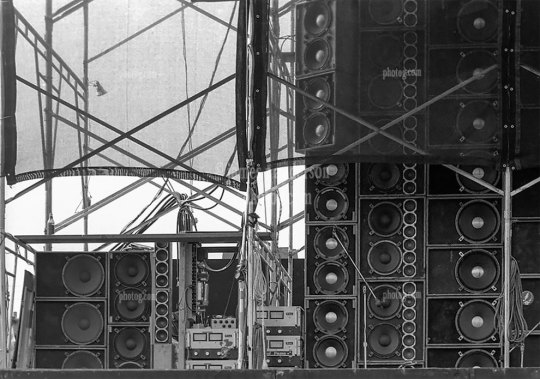
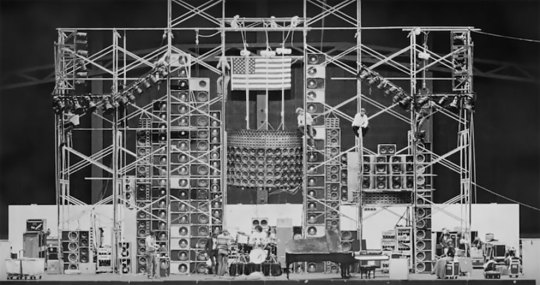


Wall of Sound - The Grateful Dead | Via
Weighed over 70 tons, comprise dozens and then hundreds of amps, speakers, subwoofers, and tweeters, stand over three-stories tall and stretch nearly 100 feet wide. Its name could only be the “Wall of Sound”.
The Wall of Sound was an enormous public address system designed specifically for the Grateful Dead’s live performances in 1974. It was the creation of audio engineer Owsley “Bear” Stanley. The Grateful Dead gave the sneak peek of the Wall of Sound on February 9, 1973 at Stanford University’s Maples Pavilion but it was on March 23, 1974 when they debuted the completed system during their tour stop at the Cow Palace in Daly City, California.
After got out of prison in late 1972, Stanley, Dan Healy and Mark Raizene of the Grateful Dead’s sound crew, in collaboration with Ron Wickersham, Rick Turner, and John Curl of Alembic, combined six independent sound systems using eleven separate channels, in an effort to deliver high-quality sound to audiences. Vocals, lead guitar, rhythm guitar, and piano each had their own channel and set of speakers.
84 notes
·
View notes
Photo
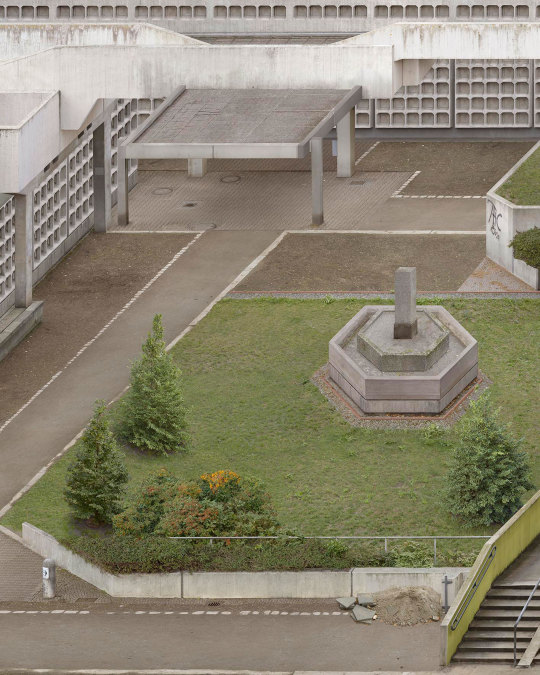

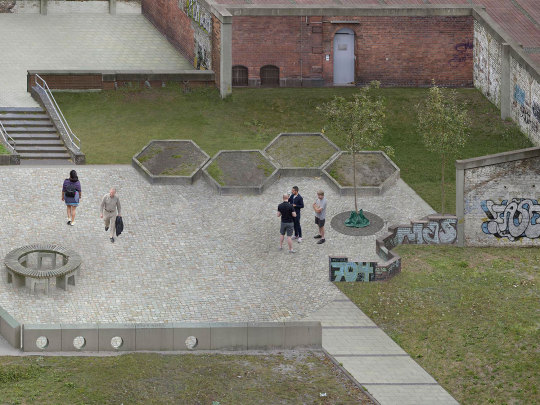
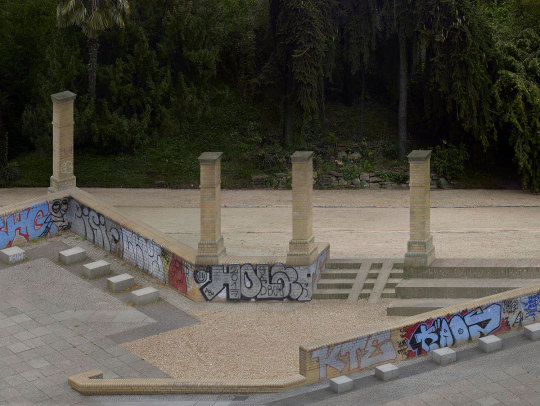


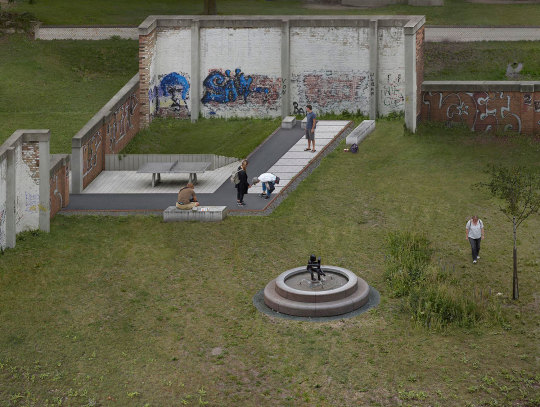
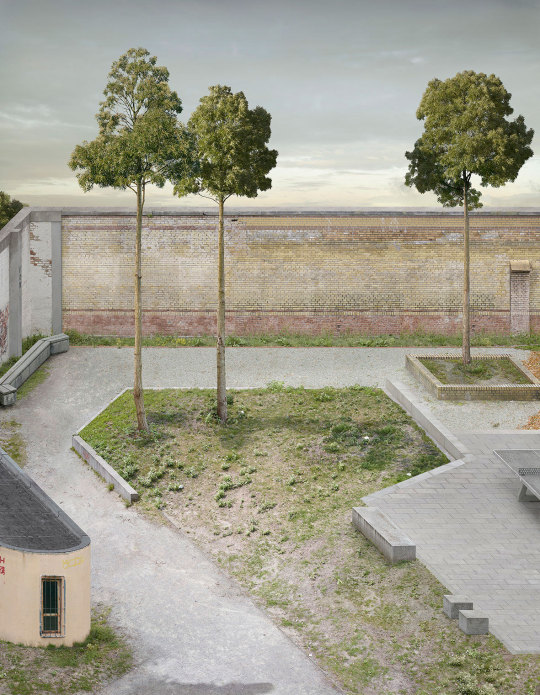
Axonometric Realism | Beate Gütschow | Socks Studio
Beate Gütschow is a German contemporary artist who works primarily through photography. In her work, she analyses the complex and ever-changing relationships between perception, representation and reality.
For her series HC, Hortus Conclusus, she delved into the subject of “Enclosed gardens,” a recurring iconographic motif in Renaissance and Medieval paintings which would depict an idyllic scene contained in the space of a fenced or walled green space inaccessible to an exterior public.
5K notes
·
View notes
Photo

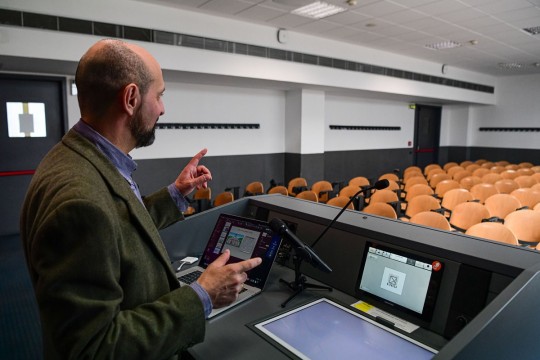

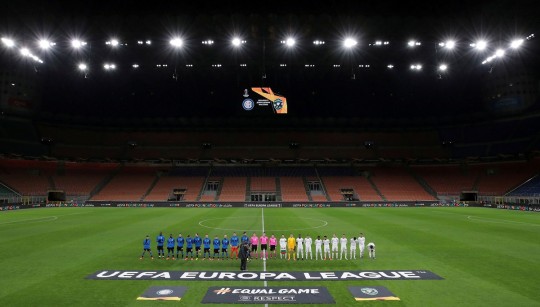
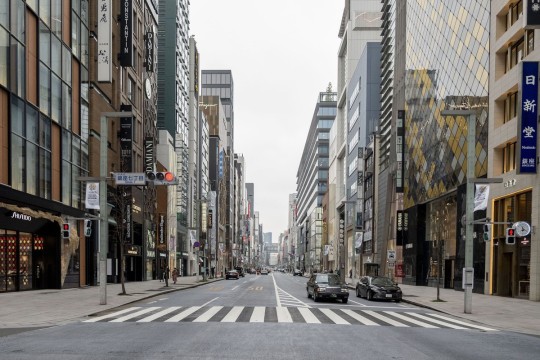

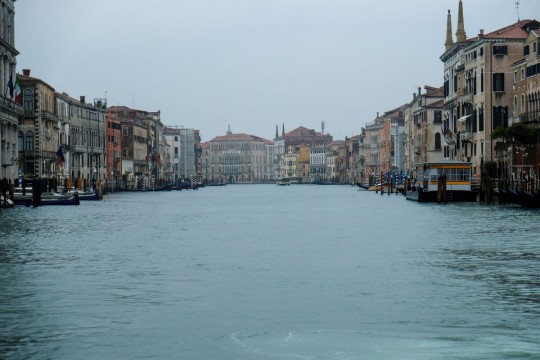

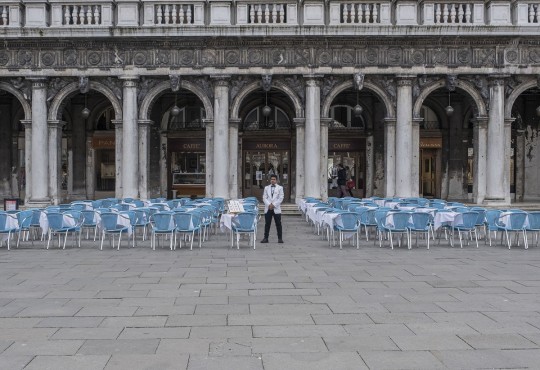

When Everyone Stays Home: Empty Public Spaces During Coronavirus | Via
In cities and regions hard-hit by the coronavirus crisis, quarantine measures and self-isolation efforts have left many public spaces deserted. Classrooms, plazas, malls, sports venues, cafes, houses of worship, and tourist destinations appear eerily empty as people stay home, cancel plans, and await further news.
60K notes
·
View notes
Photo
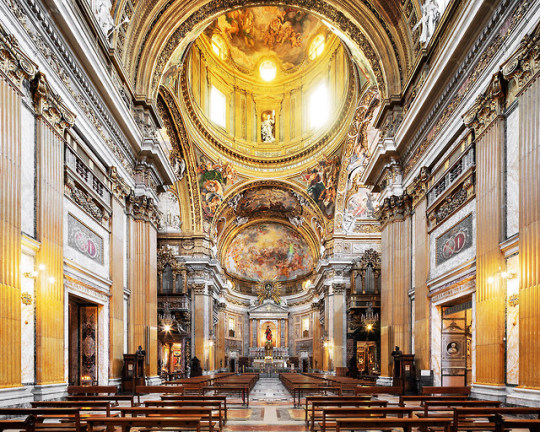


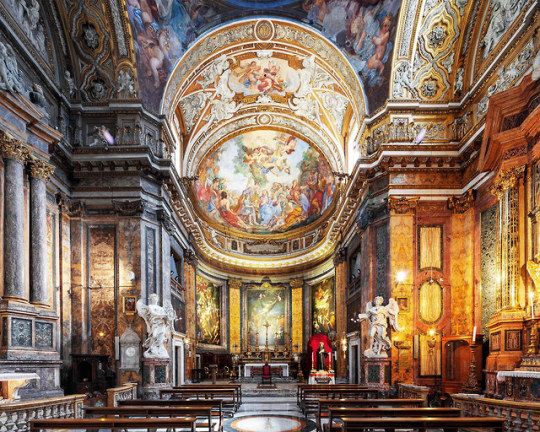


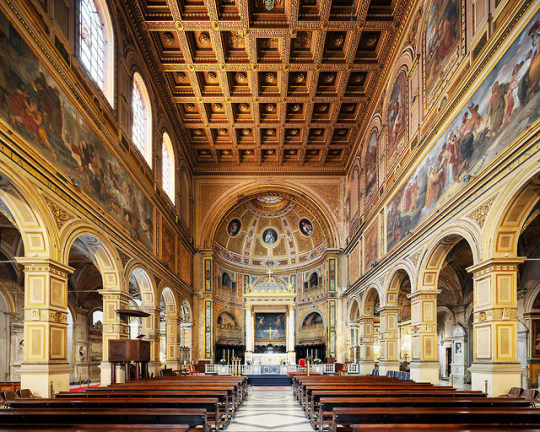

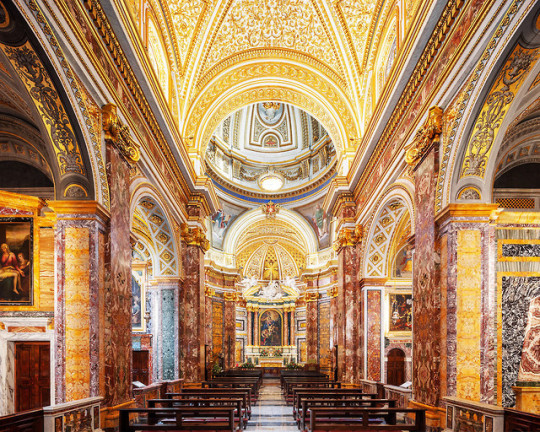

Churches of Rome | Maciej Leszczynski
184 notes
·
View notes
Photo






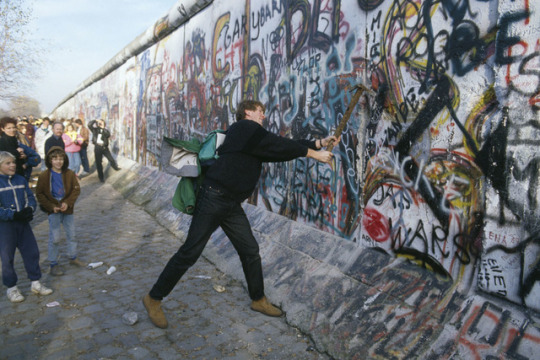



30 Years Ago: A Look Back at 1989 | Via
Three decades ago, a number of uprisings took place around the world, with unhappy citizens taking to the streets—and in some cases, taking up arms—to try to change or remove their governments. A student-led pro-democracy demonstration in China’s Tiananmen Square was violently crushed in June, while hundreds of thousands of anti-Communist protesters in Czechoslovakia were able to bring about a nonviolent “Velvet Revolution.” It was also the year of the Loma Prieta earthquake in Northern California, the inauguration of President George H. W. Bush, the Exxon Valdez oil spill in Alaska, the fall of the Berlin Wall, and much more. Photographers were also busy documenting the lives of Harrison Ford, Michael Jackson, Steve Jobs, Menudo, and many others. Take a step into a visual time capsule now, for a brief look at the year 1989.
67 notes
·
View notes
Photo
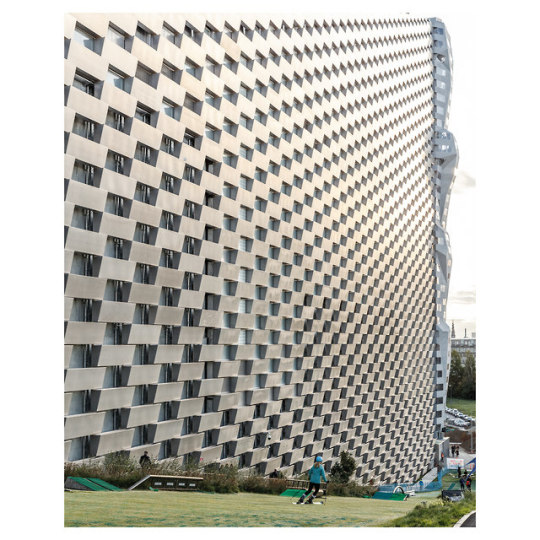

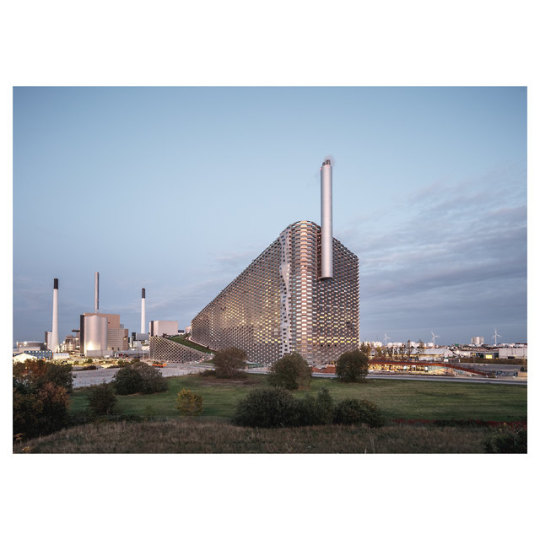
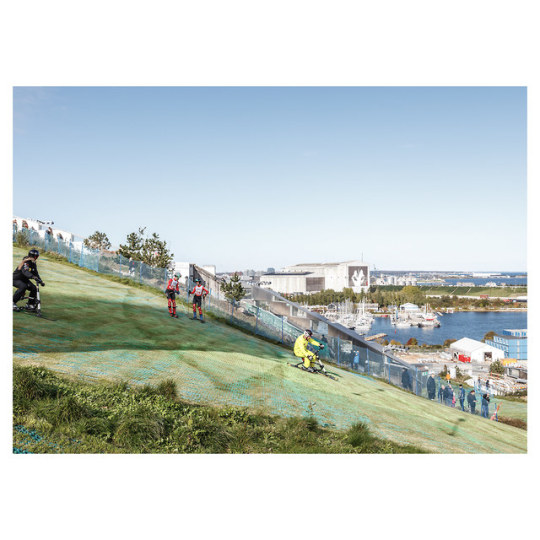

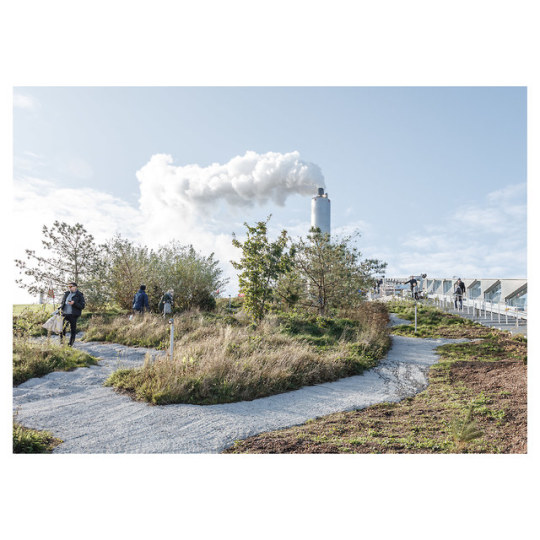

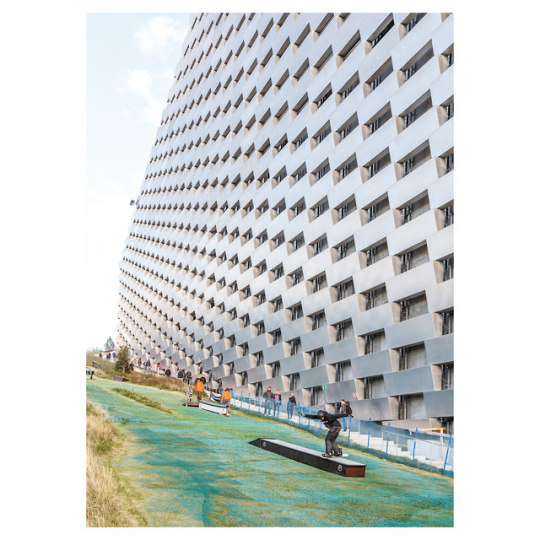

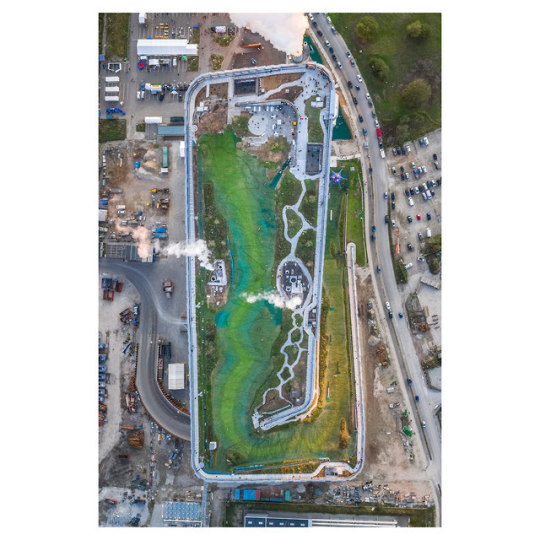
C O P E N H I L L | BIG | Rasmus Hjortshøj
262 notes
·
View notes
Photo

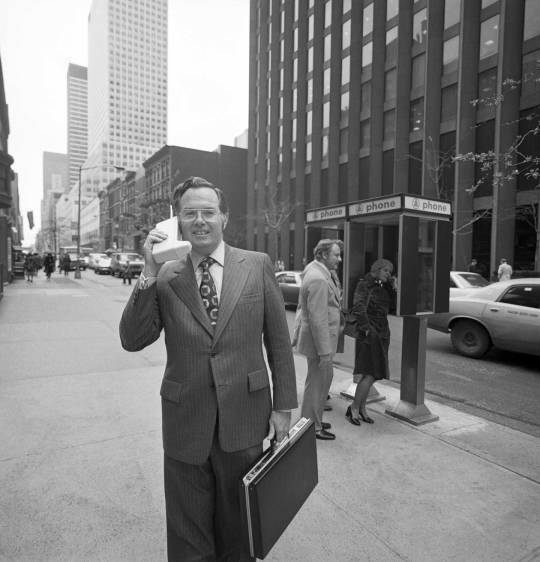

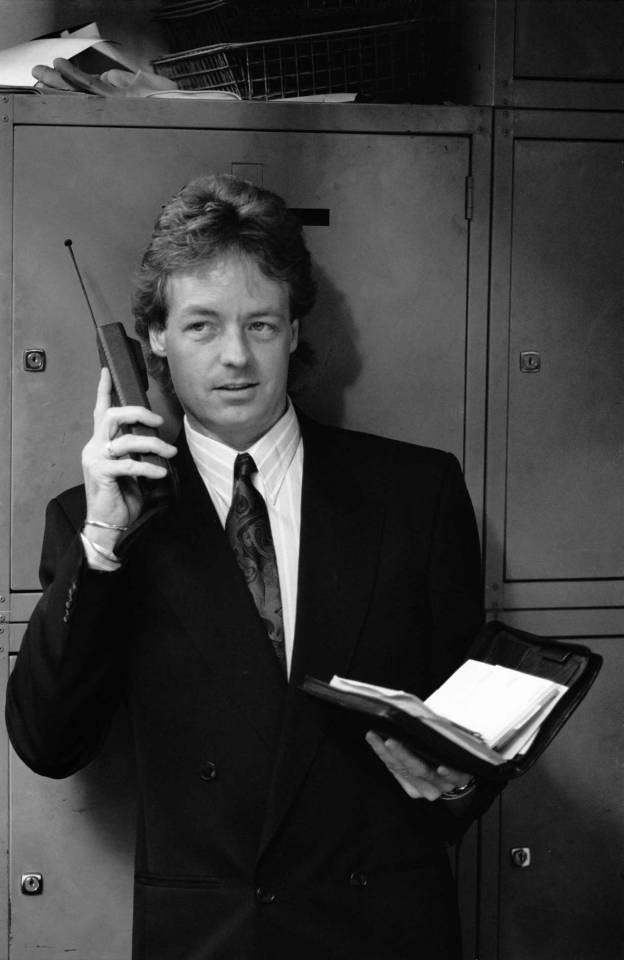
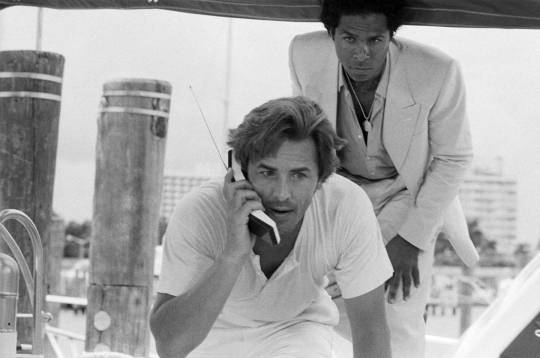

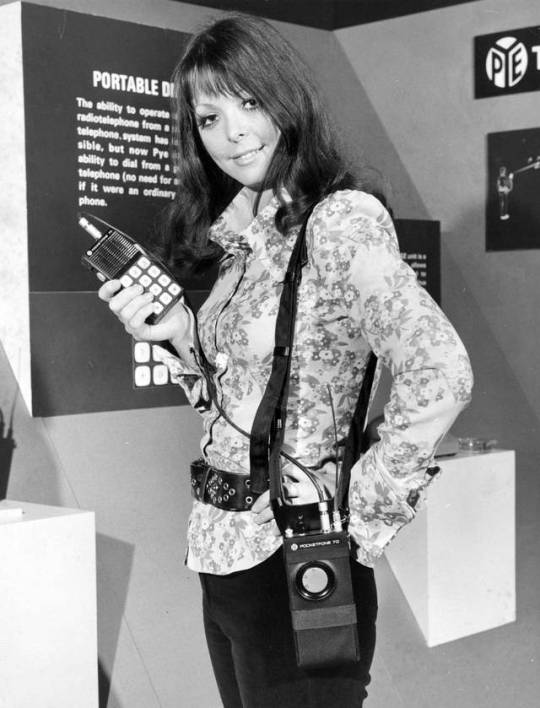
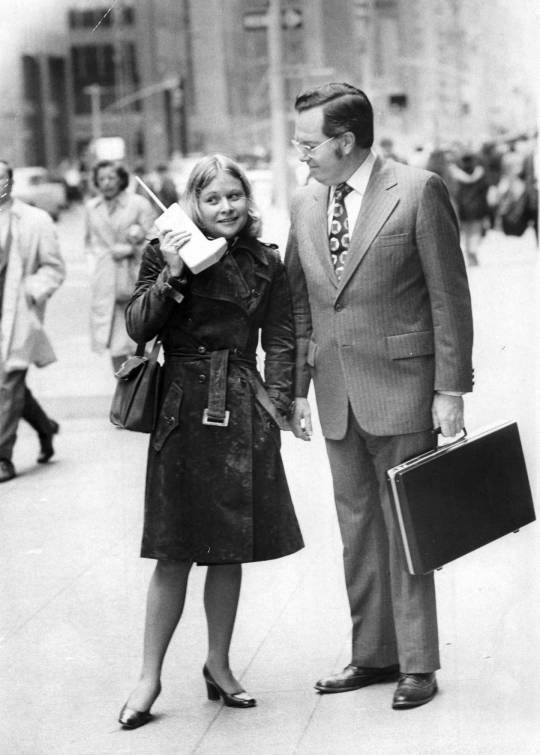


The rise of the monster mobile phone | Via
Before 1973, if you wanted to make a phone call while roving around, you had two choices—either you got yourself a pair of tin cans tied together with a taut length of string, or you drove a car with a telephone built in. But all that changed on April 3rd of that year, when Martin Cooper, a Motorola executive, made the first hand-held cell-phone call. The guy he rang was his rival at Bell Labs.
Cooper’s phone weighed in at just below 2.5 lbs. Its battery allowed a half-hour of use, and then, 10 hours of recharging later, it would be ready for a chat again. It would be another six years before the launch of the first—1G—cellular network, and then only in the center of Tokyo. By 1984, the network had expanded sufficiently to cover the whole of Japan.
More 1G networks emerged and took hold across the world throughout the 1980s, including, in 1983, the United States . That same year saw the launch of Motorola’s DynaTAC 8000X handset, developed at a cost of $100 million. The price tag? For you, $3,995. And there was a waiting list.
It looked like a brick, and a brick is what people called it. Yet, massive though it might seem to modern eyes, in 1983 it was a portable miracle that ushered in a new era.
214 notes
·
View notes